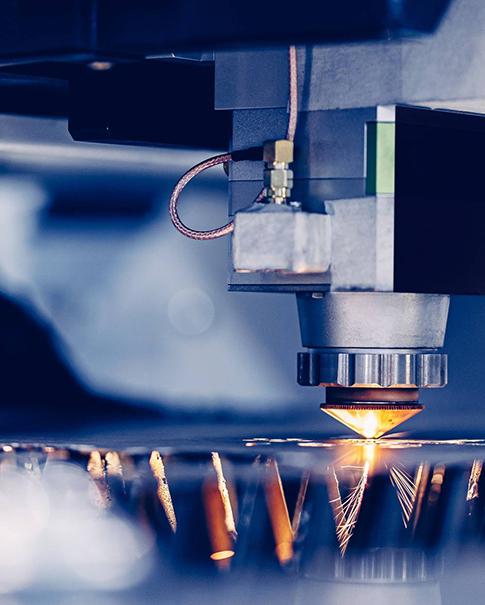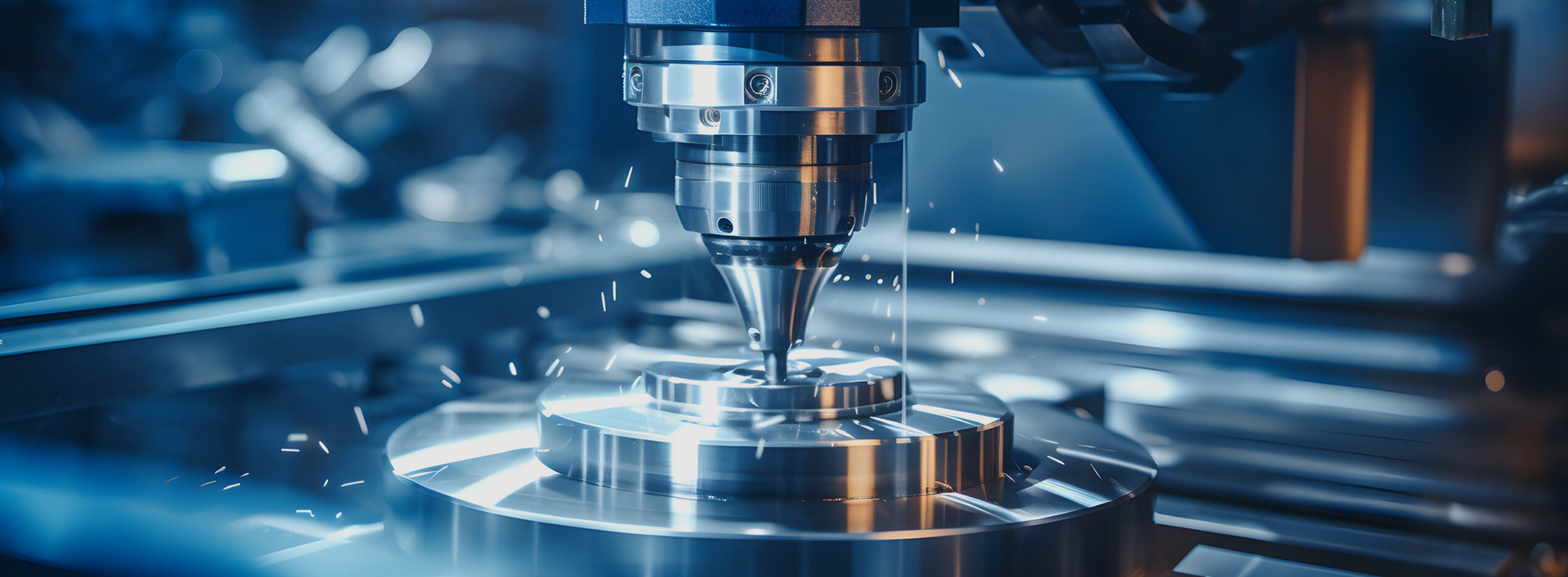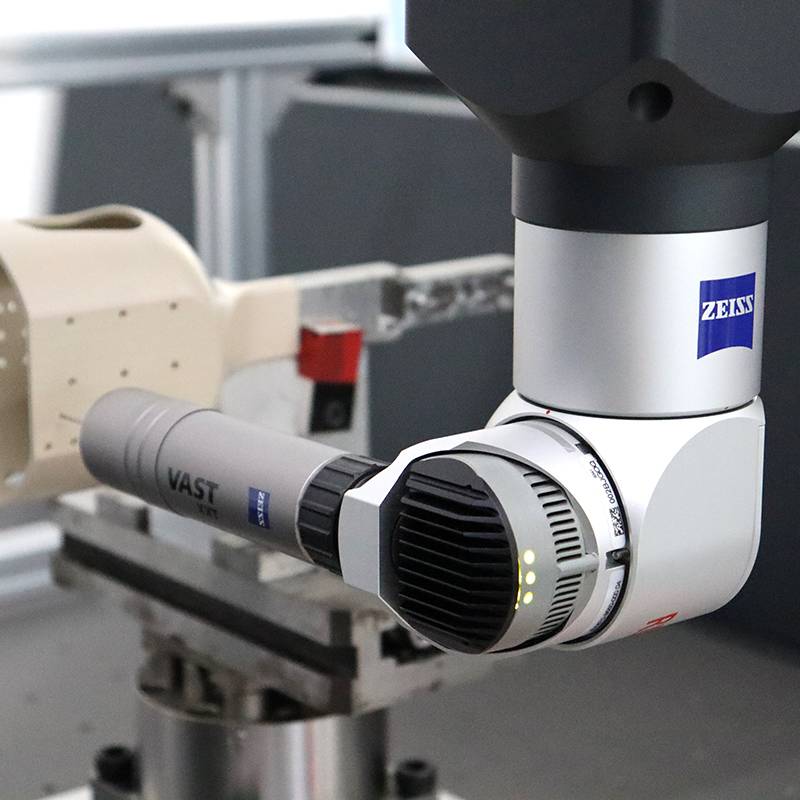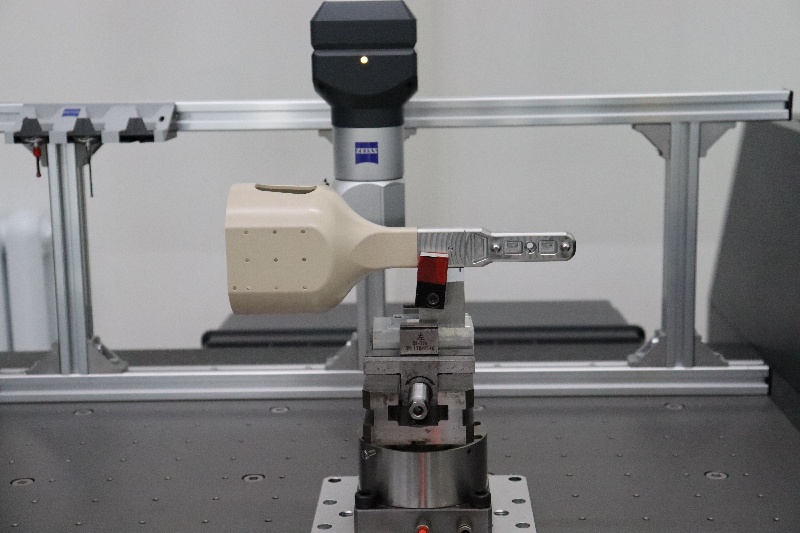ما الذي تبحث عنه؟
عمليات البحث الشائعة :
خدمة الآلات الدقيقة أجزاء تشكيله CNC خدمات تصنيع مخصصة تخصيص OEM التصنيع باستخدام الحاسب الآلي مخصص CNC النموذج الأولي السريع بالقطع أجزاء الفولاذ المقاوم للصدأ خدمة ضبط / طحن CNC عالية الدقة خدمات تصنيع مخصصة بالقطع CNC المعتمدة من ISO أجزاء طحن الخراطة الدقيقة خدمة تصنيع سبائك التيتانيومما الذي تبحث عنه؟
عمليات البحث الشائعة :
خدمة الآلات الدقيقة أجزاء تشكيله CNC خدمات تصنيع مخصصة تخصيص OEM التصنيع باستخدام الحاسب الآلي مخصص CNC النموذج الأولي السريع بالقطع أجزاء الفولاذ المقاوم للصدأ خدمة ضبط / طحن CNC عالية الدقة خدمات تصنيع مخصصة بالقطع CNC المعتمدة من ISO أجزاء طحن الخراطة الدقيقة خدمة تصنيع سبائك التيتانيوم

















 اشترك في النشرة الإخبارية لدينا
اشترك في النشرة الإخبارية لدينا






